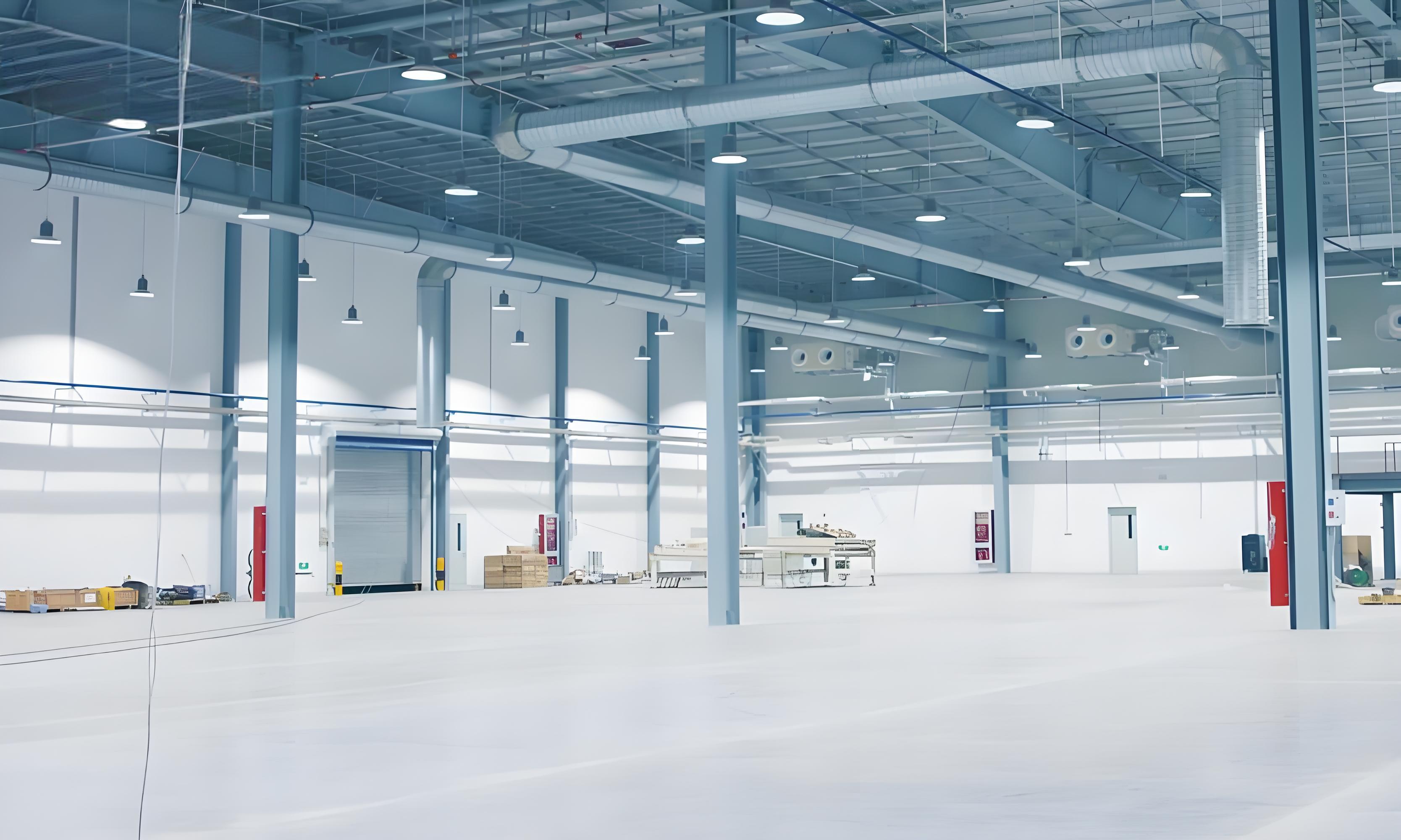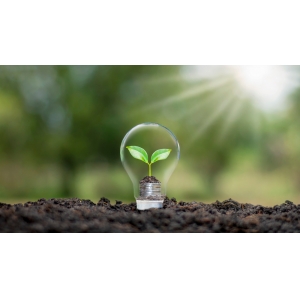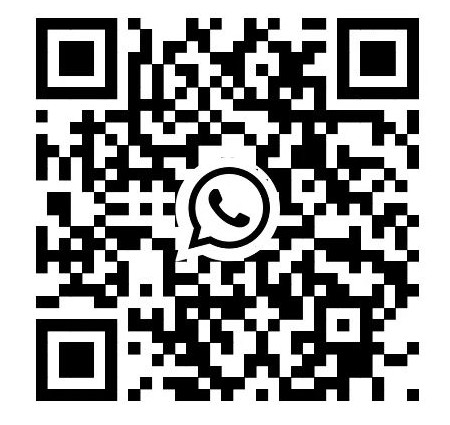
Industrial LED Selection Guide White Paper

1. Introduction
With the rapid development of LED technology, the demand for LEDs in industrial applications continues to grow. From mechanical equipment lighting to automated inspection systems, LEDs have become a core component in industrial lighting and indication systems. In order to ensure the reliability and efficiency of the system, the correct selection of industrial LEDs is particularly critical.
2. Key performance indicators of industrial-grade LEDs
2.1 Optical performance
Brightness (lumens): Determine the required luminous flux according to the application scenario
Emitting angle: For example, narrow angle (<30°) is used for focusing, and wide angle (>120°) is used for floodlighting
Color rendering index (CRI): It is recommended to use CRI > 80 in industrial lighting situations
2.2 Electrical characteristics
Forward voltage (VF) and current (IF) matching: Ensure stable operation of LEDs
Power consumption control: Low power consumption design helps system energy saving and thermal management
ESD protection capability: LEDs with high anti-static ability should be selected in industrial environments
2.3 Thermal performance
Thermal resistance parameters (RθJA/RθJC): The lower the thermal resistance, the better the heat dissipation
Packaging form: For example, ceramic packaging is better than plastic packaging and is suitable for high temperature environments
2.4 Environmental adaptability
Operating temperature range: Industrial LEDs usually require -40℃ to +85℃ or even wider
Protection level (IP level): If dust and water resistance are required, IP65 or above should be selected
3. Common application scenarios and selection suggestions
Application areas
Recommended wavelength/color temperature
Key features
Mechanical lighting
5000-6500K cold white light
High brightness, vibration resistance
Signal indication
Red, green, yellow light
Quick response, high color purity
Detection lighting
High CRI white light, ultraviolet
High color rendering, stable light output
Outdoor equipment
4000-5500K
High protection level, wide temperature operation
4. Selection process suggestions
Clear application environment and requirements (temperature, humidity, vibration, electromagnetic interference, etc.)
Determine the required spectral characteristics and brightness level
Select LED products that meet electrical parameters and thermal management requirements
Audit certification standards (RoHS, CE, UL, etc.)
Small batch testing and verification before batch import
5. Trends
Higher integration packaging: COB, MCOB and other efficient packaging technologies
Intelligent control interface: support PWM, I2C and other intelligent dimming
Green environmentally friendly materials: meet higher environmental protection and recyclable standards
6. Conclusion
The correct selection of industrial-grade LEDs is the basis for ensuring reliable operation of equipment. By comprehensively considering factors such as optical, electrical, thermal performance and environmental adaptability, efficient and durable lighting and indication solutions can be provided for various industrial applications.

 Infrared LED Technology White Paper
Infrared LED Technology White Paper
 Industrial LED Selection Guide White Paper
Industrial LED Selection Guide White Paper
 LED Plant Spectrum White Paper
LED Plant Spectrum White Paper
 White Paper on High-Power LED Heat Dissipation (2025 Edition
White Paper on High-Power LED Heat Dissipation (2025 Edition
- PRODUCTS
- HIGH POWER WHITE
- HIGH POWER COLOR
- COLOR LEDs
- INFRARED LEDs
- UV LEDs
- MINI LEDs
- COB LEDs
- INTEGRATED MOULES
- MARKETS SERVED
- LIGHTING LEDs
- AUTOMOTIVE LEDs
- BIOMEDICAL LEDs
- DISPLAY LEDs
- CURING DISINFECTION LEDs
- PLANT LEDs
- INFRARED SECURITY LEDs
- VISION LEDs
CONTACT US
TEL:+86-0769-81305858
PH:+8613612789419
E-mail:sales@queendomlamp.com




